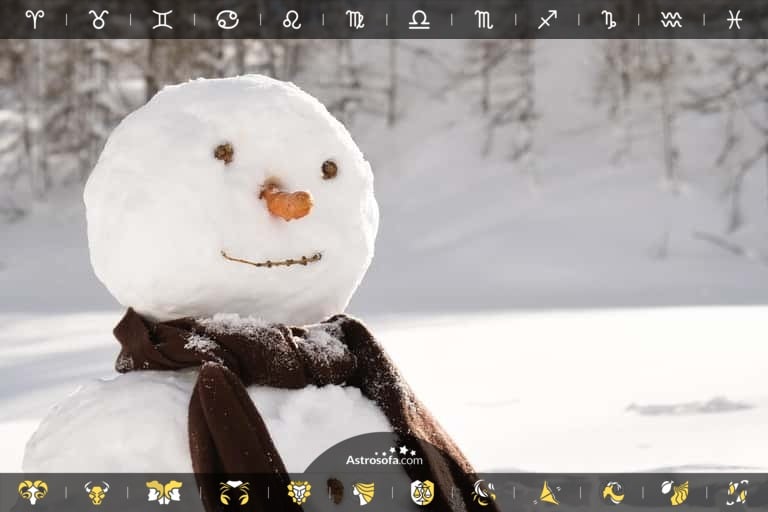
Birthday
Galileo Galilei (1564 - 1642), Sir Ernest Shackleton (*1874-1928), Jane Seymour (1951), Matt Groening (*1954)
Saint's day

Birthday: Aquarius
Chinese zodiac sign:
兔 Metal Rabbit
26,735 days ago (73 years, 2 months, 12 days)
|
Daily aspects
|
|
Moon Trine Mercury |
|
Moon Square Jupiter |
Daily aspects

This Trine gives you excellent learning skills, a sound mind, quick wit, language skills, and good judgment. Your intelligence is powerful. You practice independent and practical thinking and are open to everything new. It's an excellent time to go on a road trip.

This square can cause you to feel very lazy. You may just want to lie on the couch all day eating chips and ice cream, and drinking soda after soda. It's not a good time to invest money in any sort of real estate, or home décor, or renovations. It's also not a good time for any sort of risk taking or gambling, as your emotions will get too involved. If you are female, you may experience pain in the womb, hips and lower back while having your period.
Current timezone: Australia/Melbourne (UTC +10:00). change timezone
Calendar
Please choose a day:


